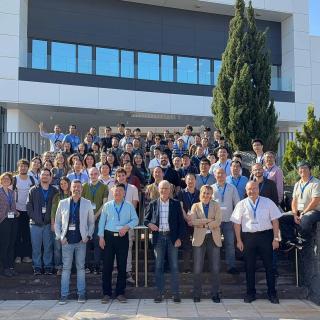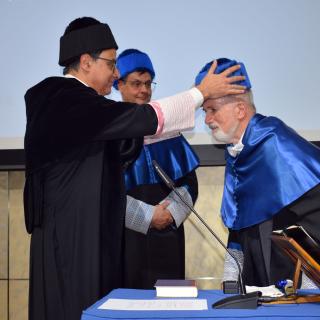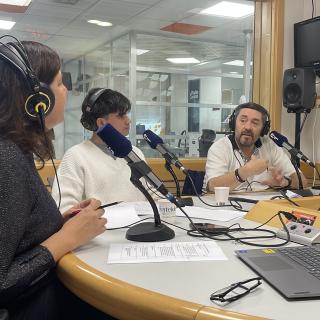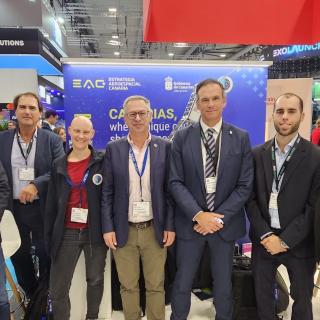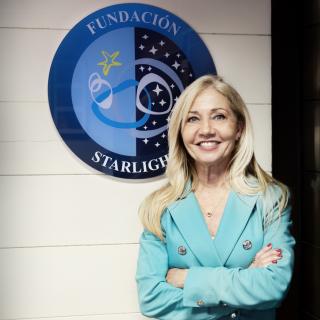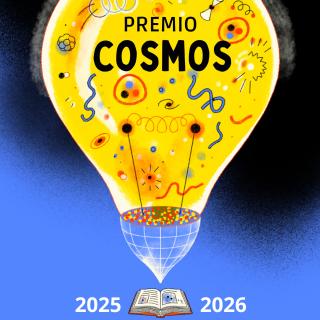
El Instituto de Astrofísica de Canarias (IAC) organiza el Premio Cosmos, un proyecto educativo internacional que llega por primera vez a España desde Canarias, con la colaboración del Área STEAM de la Consejería de Educación, Formación Profesional, Actividad Física y Deportes, y el patrocinio de la Fundación CajaCanarias, así como el apoyo de la Real Academia de las Ciencias de Canarias. Con varias ediciones consolidadas en Italia, Francia y Países Bajos, el Premio Cosmos tiene como misión impulsar la cultura científica, despertar vocaciones y celebrar la mejor literatura de divulgación en
Advertised on
